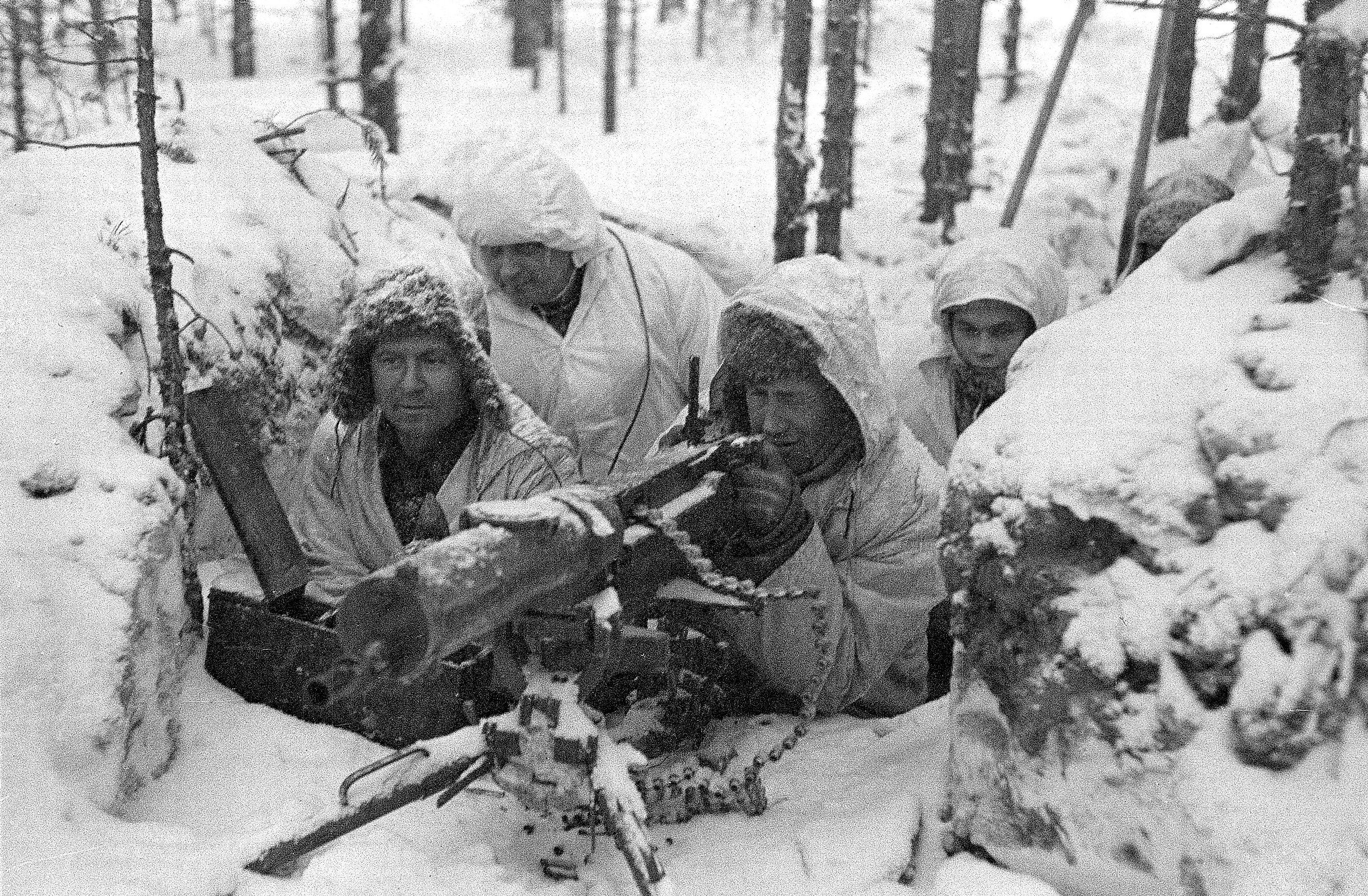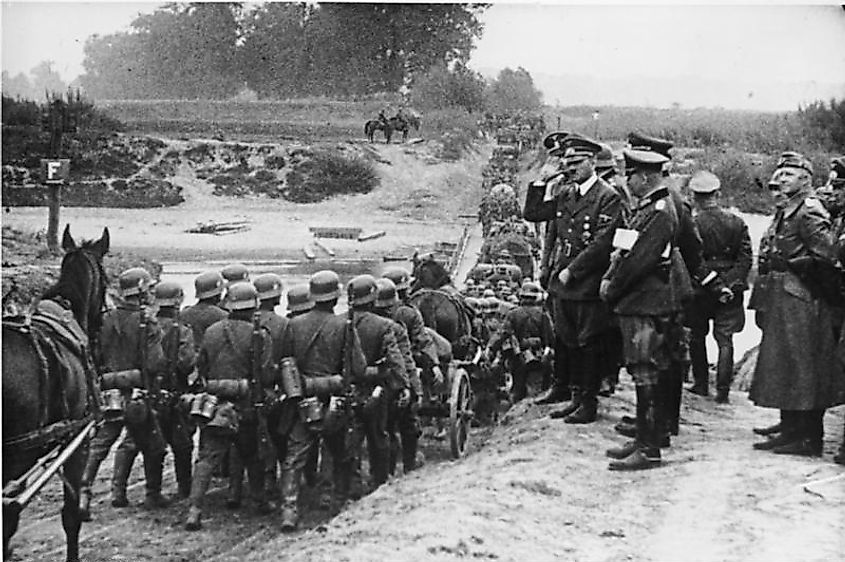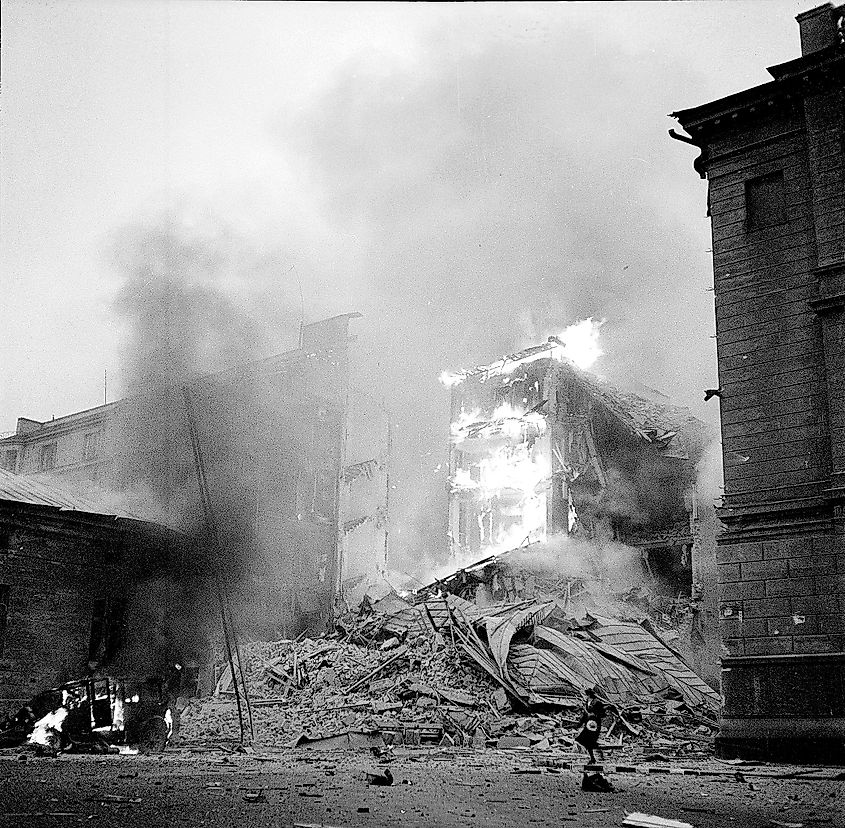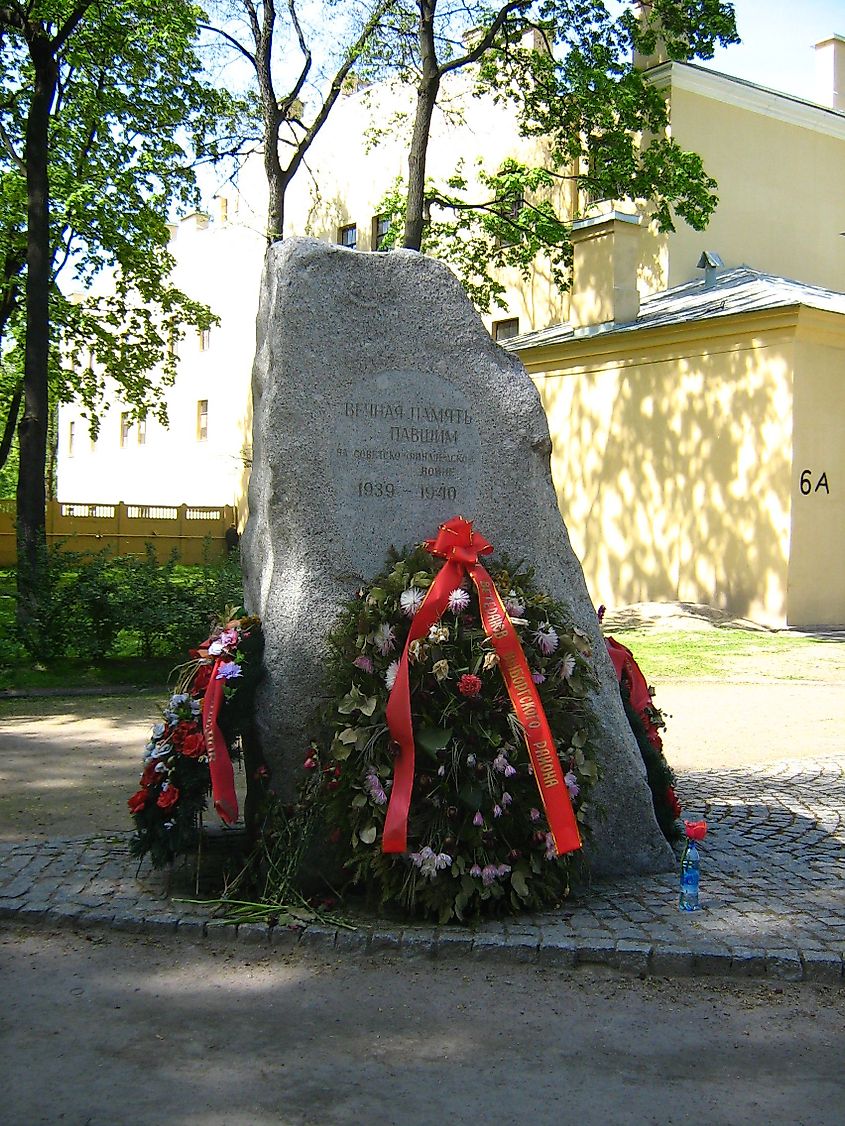
Winter War
World War II began in September 1939 when Germany and the Soviet Union (USSR) invaded Poland. But, following the country's quick fall, there was very little activity between the Allies and Germany for about six months. However, this was not to say that there were no military operations during this period. Indeed, on November 30, 1939, the USSR invaded Finland, beginning the Winter War.
The Reasons For The Winter War
Until the early 1800s, Finland was part of Sweden. However, a war from 1808 to 1809 resulted in the country being incorporated into the Russian Empire as an autonomous region. This was followed by a policy of Russification in the 1800s and early 1900s, prompting significant backlash. Therefore, following the Russian Revolution in 1917, Finland declared independence. Despite this declaration being allowed by the government in the newly formed Soviet Union, many, like Joseph Stalin, still saw Finland as being the "rightful" possession of a larger Russian empire. This underlying belief thereby informed the invasion in 1939.
The Molotov Ribbentrop Pact and the Invasion of Poland

In late August 1939, the Germans and Soviets signed the Molotov-Ribbentrop Pact. While outwardly, the treaty was one of non-aggression, it also contained a secret protocol that divided Eastern Europe between Germany and the USSR; the Soviets were given Estonia, Latvia, Lithuania, Finland, Bessarabia (modern-day Ukraine and Moldova), and eastern Poland. Therefore, following the fall of Poland in early October 1939, the USSR began to invade the rest of these countries. Some, like the Baltic States, knew that fighting would be futile and reluctantly accepted the occupation. However, Finland proved to be more difficult. Indeed, in the years leading up to the outbreak of World War II, negotiations had occurred between the Soviet Union and Finland about, among other things, their respective alliances in case of a war with Germany and the placement of the Soviet-Finnish border. But, despite the Finns believing that these talks would continue, a supposed shelling of a Soviet village by Finnish troops on November 26 provided a justification for a full-scale invasion on November 30.
The War Itself

On the day of the invasion, 21 Soviet divisions totaling 450 000 poured over the Finnish border. This was accompanied by bombings in Helsinki, where 50 people were killed. By November 6, all Finnish troops had been pushed back from the Mannerheim Line, a series of fortifications about 19 to 47 miles from the border. Despite these territorial gains, there were signs of trouble for the Soviets. The terrain proved difficult for the Red Army, and there were several instances of much smaller Finnish divisions defeating the Soviets. Nonetheless, the war continued into the winter of 1939 and 1940, which saw temperatures reach minus 43 degrees Celsius. This, and the Finns' usage of guerilla tactics and weaponry, including the newly created Molotov cocktail (named after the Soviet foreign minister), meant that the USSR's advances were limited. A peace treaty was thus signed on March 12, 1940, in which Finland agreed to give up 9 percent of its territory--a far cry from Soviet territorial ambitions at the beginning of the conflict.
The Consequences And Aftermath

By the end of the war, about 26,000 Finnish troops had died. Estimates for Soviet deaths and casualties vary dramatically, with numbers ranging from 48,000 deaths to over 300,000 "irretrievable losses." Furthermore, the war was utterly humiliating for the USSR on the international stage, resulting in its expulsion from the League of Nations. The conflict also impacted other countries, with French Prime Minister Édouard Daladier resigning on March 20, partially due to his failure to help protect Finland. Finally, the war was a massive confidence booster for Germany, with the Soviets, League of Nations, and Allies all appearing utterly incompetent. Ultimately, the Red Army's failure in Finland convinced many in the upper echelons of Germany's military that an invasion of the Soviet Union would be possible.
The Winter War was a key event during World War II. Indeed, it was indicative of many Soviet politicians' belief that Finland was supposed to be part of a larger Russian empire. Furthermore, the war demonstrated the Red Army's inability to beat a much smaller Finnish force. This seeming incompetence gave Germany even more confidence to launch a full-scale invasion of the USSR the following year.











